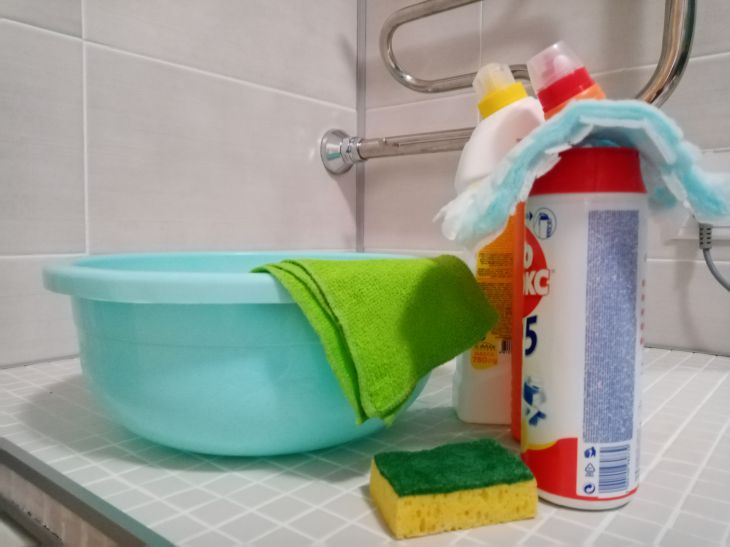Black mold on plastic windows is not only an unpleasant sight, but also a health hazard.
Mold is a fungus that produces toxins that cause allergies, respiratory illnesses, headaches and other problems.
Therefore, it is necessary to fight mold as quickly and effectively as possible.
In this article, we will tell you about the reasons for the appearance of mold on windows and how to eliminate it.
Causes of mold on windows
Mould on windows appears due to high humidity and poor ventilation. Mould prefers warm, damp and dark places. In winter, such conditions are often created on glass due to condensation and rare ventilation. Mould can also be brought in by air seeping through unsealed window seams.

To remove mold from windows, you can use special or folk remedies. In any case, you need to protect yourself with rubber gloves and a mask and remove children and animals from the room.
Special anti-mold products are household fungicides that are sold in home improvement or construction stores.
High humidity and low ventilation are the main factors that contribute to the appearance of mold on windows. Mold prefers dark, warm and damp corners.
In winter, condensation often accumulates on the glass, and you are too lazy to air the room. Also, mold can penetrate through cracks in window seams if they are poorly sealed.
To get rid of mold on windows, you can use both special and folk remedies. In any case, you need to protect yourself with rubber gloves and a mask and do not allow children and animals into the room.
Special anti-mold products are household fungicides that can be found in hardware or construction stores. They contain chemicals that destroy the fungus and prevent its reappearance. Examples of such products: "Anti-mold", "Sanita-Anti-mold", "Dezavir-Forte" and others. To treat, you need to soak a rag or sponge in the product and wipe the surface of the window affected by mold. Then you need to wipe the window with a dry rag or paper towels.
Folk recipes for removing mold are more gentle and affordable methods that can be used for minor mold damage to a window. They are based on the use of natural antiseptics such as vinegar, hydrogen peroxide, tea tree oil, and others. Examples of such recipes are as follows.
Hydrogen peroxide: Use a 3% hydrogen peroxide solution without diluting it with water. Soak a cloth or sponge in the peroxide and wipe the moldy window with it. Then wipe the window with a dry cloth or paper towels.
Tea tree oil: dissolve 1 teaspoon of tea tree oil in a glass of water. Spray the solution on the moldy window and leave for 15-20 minutes. Then wipe the window with a dry cloth or paper towels.
After removing mold from the window, you need to ventilate the room and eliminate the causes of its appearance. To do this, you need the following.
- Ventilate the room regularly, especially in winter when condensation forms on the windows.
- Install ventilation valves or micro-ventilation on windows to ensure a constant flow of fresh air.
- Monitor the humidity level in the room using a hygrometer or an electronic humidifier/dehumidifier.
- Check the quality of installation and sealing of window seams and, if necessary, contact specialists to eliminate them.
By following these simple rules, you can get rid of black mold on plastic windows and maintain your health and comfort.








